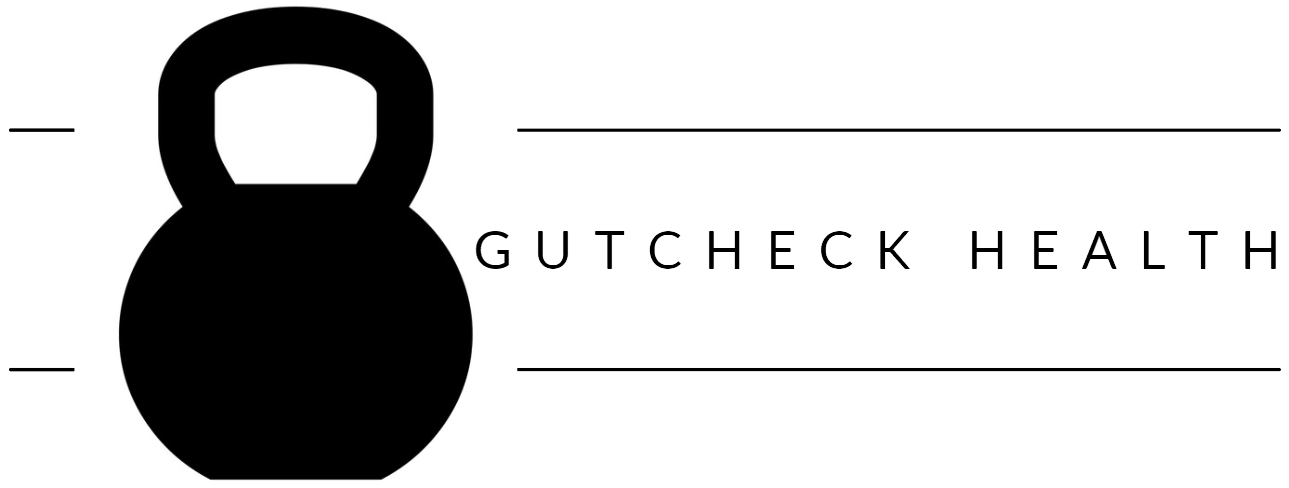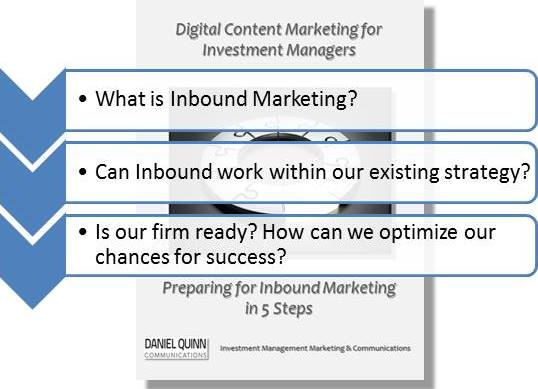 In my post introducing the topic of website usability for investment managers, I offered a veritable laundry list of traps most firms fall into with regard to their online content creation effort and creating a solid content strategy for investment managers.
In my post introducing the topic of website usability for investment managers, I offered a veritable laundry list of traps most firms fall into with regard to their online content creation effort and creating a solid content strategy for investment managers.
Here, I’d like to unpack each of those traps, explain why they are wrong, and how we can make investment management communications better.
- Is the content paragraph-based, or largely cut-n-pasted from a print document? Are those paragraphs more than 5 sentences each?
DQCOMM Take:
If there is a cardinal sin for drafting website content for investment managers, this is it.
Simply put, website audiences don’t read content, they skim. Recent research shows that the average website user only reads between 20%-28% of the content on the web page. Long, dense paragraphs make it more difficult for your audience to quickly find the information for which they are looking.
This, combined with the fact that it is commonly understood by usability experts that website authors have 5-10 seconds to capture attention and engage means that unless content is optimized, those you most want to reach are tuning out your message before they’ve even had a chance to hear it.
The Solution:
Make content more scannable by using:
~ headers
~ sub-headers
~ bullet points, &
~ numbered lists.
Also paragraphs should have no more than 2-5 sentences each.
- Does the content read like a white paper or research document?
DQCOMM Take:
This is cardinal sin #2.
I concede (and evangelize) that white papers and research documents are extremely important for a firm’s marketing strategy. In the investment management industry, white papers and research documents have a long history and should occupy a central plank in a firm’s content library.
That said, online content lends itself poorly to long, complex arguments and nuance.
The Solution:
The best website content is short, to the point, and quickly understood. Make yours so.
- Does the content lack hyperlinks to both internal (i.e.: other pages on its own site) AND
 external website pages?
external website pages?
DQCOMM Take:
Including internal and external links is one of the basic elements of search engine optimization – the practice of ensuring a given website is easily found through search (i.e. Google).
I know a lot of managers say, “Our website is our brochure – we don’t care if we are found on Google.”
To be blunt: That’s an outdated and, quite frankly, silly way of thinking. If you have a website, why wouldn’t you leverage every conceivable advantage from the site? It’s like buying a car and only using it to go grocery shopping.
If you don’t think you could ever get a big account from a Google search, think again. Inbound marketing is strategy specifically built to leverage the power of search to build a business’ top line.
It's not about turning yourself into a retail shop, or hope. It's about solving problems for your prospects through content and building trust over time.
That's how internet search helps investment managers grow their AUM.
The Solution:
Find relevant pages in your site to which you can link, as well as exterior pages. For example, if you mention your value proposition on your investment philosophy page, insert a link. If your philosophy mirrors that of, say Warren Buffett, link to his letter archive or to his Wikipedia page.
- Does each page lead with introductory text or is the content structured in the [inverted]
 pyramid style? (in other words, does the content on each page lead with the main idea)?
pyramid style? (in other words, does the content on each page lead with the main idea)?
DQCOMM Take:
Again, this goes back to the usability issue. The typical web user wants information: they want it fast and in a format they can easily use.
The rules for online content are different from those of most offline counterparts. Among the most important is ensuring website content is understood quickly and clearly.
The Solution:
Rewrite the content on each page so that within 5 seconds a visitor can understand the page's main idea.
- Does the website have a “splash page” with Flash animation or a disclaimer that requires a click-through to reach the main website?
DFQ Take:
This kills a website’s SEO (making it much, much harder for Google to crawl the site & help your audience find you) and slows down your audience's experience. Users hate them.
And you should hate it because it gets your firm off on the wrong foot with potential clients.
The Solution:
Ditch the splash page. - Does the site rely on PDF documents for content?
 DFQ Take:
DFQ Take:
Speaking of what website users hate, people HATE PDFs as a substitute for website content. If speed is essential, asking your audience to slow down, open a PDF and spend time scanning it to see if it answers their questions is a waste of their time, and your website’s performance will suffer as a result.
The Solution:
Keep the PDFs, but write summaries of the document. Give web users an opportunity to read a brief abstract, then decide for themselves if the content is valuable enough to download.
- Does the content contain a preponderance of jargon and industry buzzwords, or is it written plainly?
DFQ Take:
You never know who is coming to your site. You never know what kind of day they’ve had, what pressures they are under, their level of distraction. Even seasoned professionals would rather read something that is clear and to the point… and interesting.
Reading a buzzword salad of finance industry jargon is absolutely nobody’s idea of a good time.
The Solution:
Make your audience's life easier by speaking plainly. Say what you mean and mean what you say. Your reputation for professionalism will be enhanced as a result.
- Is there a plethora of beautifully-(or not so beautifully) crafted multiple compound sentences, or is the structure more direct?
DFQ Take:
Again, your website audience is not going to expend the effort to parse meaning from your structurally-complicated website content.
The Solution:
Be helpful by ensuring that anybody arriving at your site can quickly and easily glean a sense of who you are, what you do, why you do it, and how by:
~ keep them short (ish),
~ reduce the length of your paragraphs to 2-5 sentences,
~ use headers, sub-headers, & nested lists to break up the content and make it more scannable.
__________________________
In an earlier post, I noted,
Like beauty, good writing is in the eye of the beholder; a wholly subjective judgment, aside from a few universal standards (i.e. correct punctuation, no errors in spelling or syntax, etc.).
I think that, because of that subjectivity, investment managers can sometimes think too lightly about how a firm’s outward projection of itself is deeply influenced by the quality of the writing.
Perhaps without realizing it, many investment managers have a singular view as to what constitutes good writing in a professional setting. Unfortunately, that view is often misleading in today’s client and marketing communications setting.
Without a more flexible, nuanced understanding of what makes for effective marketing communications, managers often end up using the same compositional strategy for every type of communication they use.
In other words, when all you have is a hammer, everything looks like a nail.
Interested in receiving the Asset Management Communications Blog sent to your inbox? Sign up for our mailing list below:


 external website pages?
external website pages? pyramid style
pyramid style